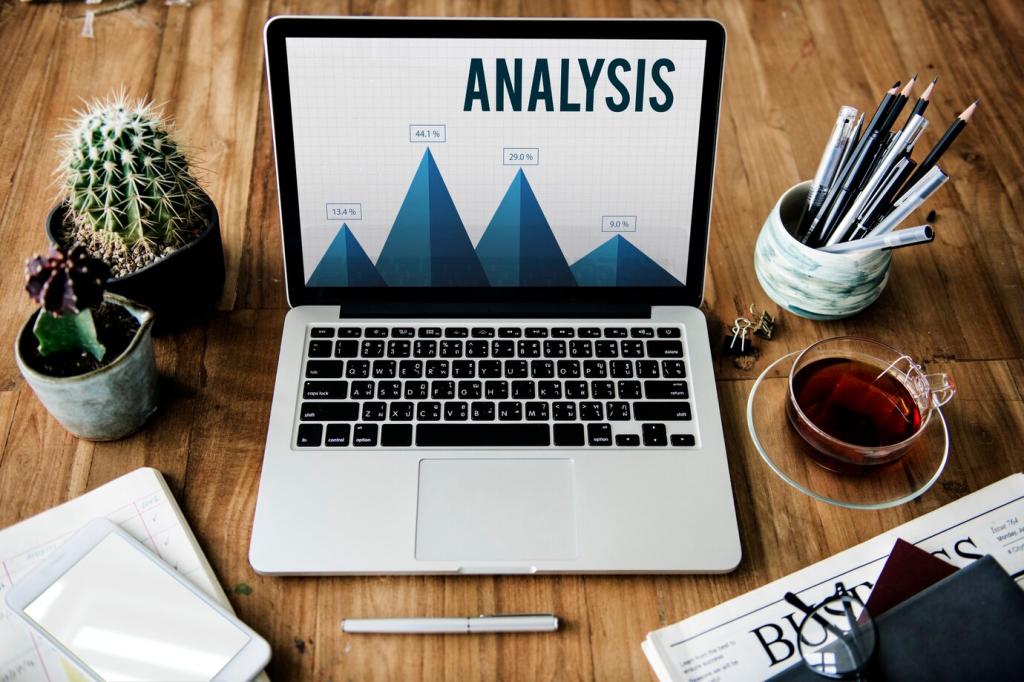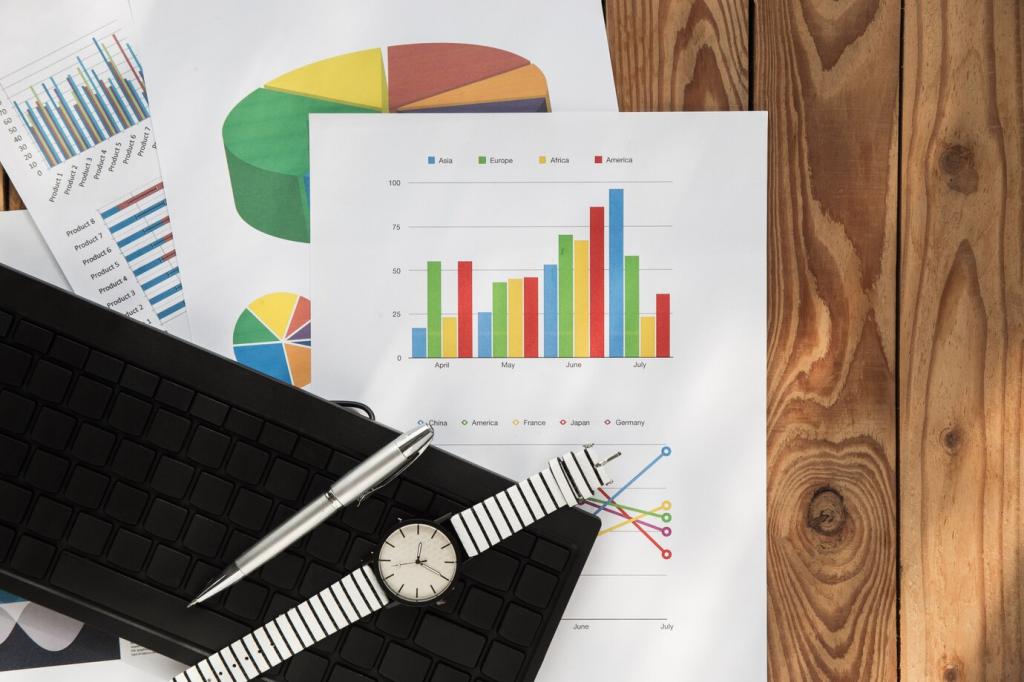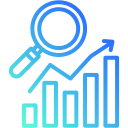
From Macro Shifts to Market Moves: Connecting Economic Shifts to Business Trend Forecasting
Chosen theme: ‘Connecting Economic Shifts to Business Trend Forecasting.’ Welcome to a home for makers and managers who translate macro tremors into market moves. Expect practical frameworks, vivid stories, and weekly prompts inviting you to test, share, and refine.


Decode the Signals: Macroeconomics as a Forecasting Compass
An inverted yield curve has preceded many recessions. Track the 10s–2s spread alongside your pipeline velocity to anticipate softening demand, renegotiate contract lengths, and recalibrate cash buffers before headlines catch up.
Decode the Signals: Macroeconomics as a Forecasting Compass
Purchasing Managers’ Index readings above fifty typically signal expansion. When manufacturing PMIs slide while services hold, expect category mix shifts, deferred durable purchases, and stronger interest in flexible pricing or rentals. Share your PMI playbook with fellow readers.
From Shift to Hypothesis: Turning Macros into Testable Trend Ideas
When inflation runs hot, consumers trade down or delay. Hypothesize growth in private label, refurbished inventory, and smaller pack sizes; test merchandising, messaging on value, and flexible payment options while monitoring basket size, churn, and return rates weekly.
From Shift to Hypothesis: Turning Macros into Testable Trend Ideas
Rate hikes raise discount rates and financing costs. Expect slower enterprise buying cycles and heightened scrutiny of multi‑year commitments; test shorter contracts, usage‑based tiers, and ROI calculators, and watch pipeline stage duration alongside CFO objections surfacing in notes.
From Shift to Hypothesis: Turning Macros into Testable Trend Ideas
Large public spending on infrastructure and energy typically pulls forward demand in materials, logistics, and compliance tech. Model regional hotspots, partner early on certifications, and expand channel capacity where bids cluster; confirm momentum with permits, tender volumes, and backlog growth.
Build the Economic-to-Trend Data Stack
Start with leading indicators: yield curve spreads, PMIs, credit conditions, freight rates, consumer sentiment, and energy prices. Automate updates weekly, define alert thresholds, and tag each metric to specific product, pricing, or hiring decisions to force accountability.

Field Story: A Retail Pivot Informed by an Economic Shift
In early signs of tightening, a regional retailer noticed freight rates falling while services PMIs held firm. They inferred consumers would favor experiences over goods, then cut long‑dated merchandise orders and shifted budget toward events and local partnerships.

Field Story: A Retail Pivot Informed by an Economic Shift
Their hypothesis predicted smaller baskets but higher foot traffic on weekends. They piloted limited‑time experiential bundles, emphasized contactless pickup, and tracked conversion against wage growth data, discovering family‑oriented offers outperformed where childcare costs were spiking fastest.



B2B SaaS often faces procurement freezes when rates rise. Forecast longer sales cycles, emphasize payback within twelve months, and highlight automations that cut operating expenses; usage‑based models can win if you align price with measurable outcomes credibly.
Sector Spotlights: Where Economic Shifts Hit Differently
Consumer discretionary depends heavily on wage growth and housing sentiment. Watch rent burdens and credit delinquencies; promote affordable indulgences and loyalty rewards, then confirm traction with repeat purchase frequency and gift card redemptions rising despite lower average order values.
Sector Spotlights: Where Economic Shifts Hit Differently
Join the Conversation: Build a Better Macro-to-Trend Forecast
Post a comment describing the two or three indicators you watch and how they change your weekly decisions. We will feature standout approaches and credit your frameworks so others can learn and iterate with you.
